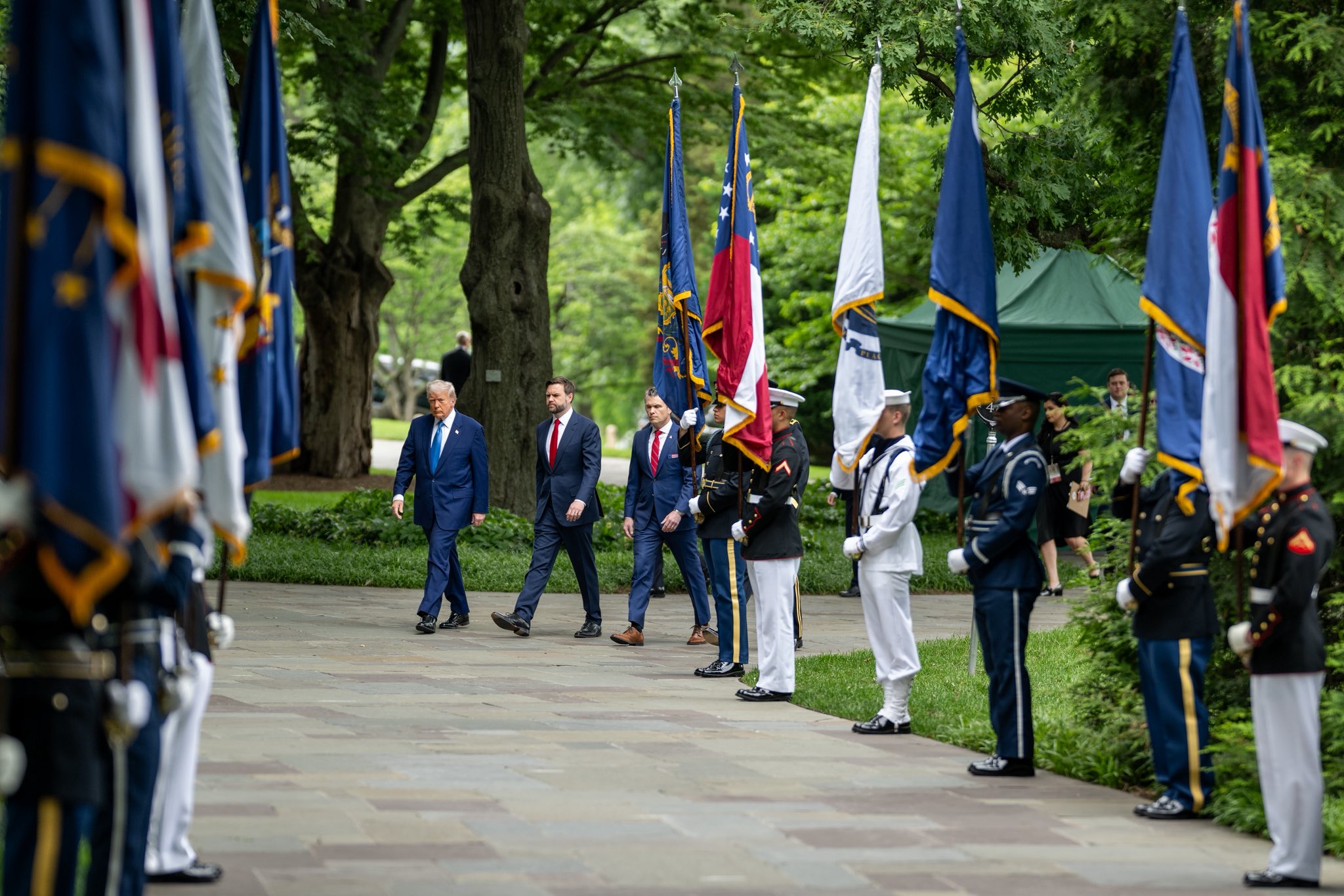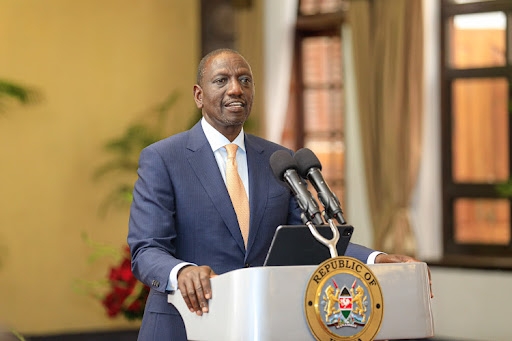

A US federal court has blocked President Donald Trump's sweeping tariffs, in a major blow to a key component of his economic policies.
The Court of International Trade ruled that an emergency law invoked by the White House did not give the president unilateral authority to impose tariffs on nearly every country.
The Manhattan-based court said the US Constitution gave Congress exclusive powers to regulate commerce with other nations and this was not superseded by the president's remit to safeguard the economy.
The Trump administration lodged an appeal within minutes of the ruling.
Who brought the court case?
The lawsuit was filed by the nonpartisan Liberty Justice Center on behalf of five small businesses that import goods from countries targeted by the duties.
It is the first major legal challenge to Trump's so-called "Liberation Day" tariffs.
A three-judge panel ruled that the International Emergency Economic Powers Act (IEEPA), a 1977 law that Trump cited to justify the tariffs, does not give him the power to impose the sweeping import taxes.
The court also blocked a separate set of levies the Trump administration imposed on China, Mexico and Canada, in response to what it said was the unacceptable flow of drugs and illegal immigrants into the US.
However, the court was not asked to address tariffs imposed on some specific goods like cars, steel and aluminium, which fall under a different law.
What has the reaction been so far?
The White House has criticised the ruling, though Trump has not yet commented directly.
"It is not for unelected judges to decide how to properly address a national emergency," White House deputy press secretary Kush Desai said in a statement.
"President Trump pledged to put America First, and the administration is committed to using every lever of executive power to address this crisis and restore American greatness," he added.
But Letitia James, the attorney general of New York, one of 12 states involved in the lawsuit, welcomed the decision.
"The law is clear: no president has the power to single-handedly raise taxes whenever they like," Letitia James said.
"These tariffs are a massive tax hike on working families and American businesses that would have led to more inflation, economic damage to businesses of all sizes, and job losses across the country if allowed to continue," she added.
Global markets have responded positively to the ruling. Stock markets in Asia rose on Thursday morning, US stock futures also jumped and the US dollar made gains against safe-haven peers, including the Japanese yen and Swiss franc.
The White House has 10 days to complete the bureaucratic process of halting the tariffs, although most are currently suspended anyway.
The case needs to go through the appeals process. If the White House is unsuccessful in its appeal, the US Customs and Border Protection Agency (CBP) will then issue directions to its officers, John Leonard, a former top official at the CBP, told the BBC.
That said, a higher court might be more Trump-friendly.
But if all courts do uphold the ruling, businesses who've had to pay tariffs will receive refunds on the amounts paid, with interest. These include the so-called reciprocal tariffs, which were lowered to 10% across the board for most countries and were raised to 145% on Chinese products, now 30%.
Mr Leonard said there will not be any changes at the border for now and tariffs will still have to be paid.
Market reactions showed, partly, investors "exhaling after weeks of white-knuckle volatility sparked by trade war brinkmanship," Stephen Innes at SPI Asset Management wrote in a commentary.
Mr Innes said US judges gave a clear message: "The Oval Office isn't a trading desk, and the Constitution isn't a blank cheque."
"Executive overreach may finally have found its ceiling. And with it, a fresh dose of macro stability – at least until the next headline."
Paul Ashworth, from Capital Economics, said the ruling "will obviously throw into disarray the Trump administration's push to quickly seal trade 'deals' during the 90-day pause from tariffs".
He predicted other countries "will wait and see" what happens next.
How did we get here?
On 2 April, Trump unveiled an unprecedented global tariff regime by imposing import taxes on most of the US's trading partners.
A 10% baseline tariff was placed on most countries, along with steeper reciprocal tariffs handed down to dozens of nations and blocs, including the EU, UK, Canada, Mexico and China.
Trump argued that the sweeping economic policy would boost American manufacturing and protect jobs.
Global markets have been thrown into disarray since the announcement and later after Trump's reversals and pausing of tariffs as foreign governments came to the negotiating table.
Adding to the turmoil was a prolonged trade war with China, as the world's two economic superpowers engaged in a back-and-forth raising of tariffs, which reached a peak with a 145% US tax on Chinese imports, and a 125% Chinese tax on US imports.
The world's two biggest economies have since agreed to a truce, with US duties on China falling to 30%, and Chinese tariffs on some US imports reducing to 10%.
The UK and US have also announced a deal on lower tariffs between the two governments.
Trump threatened a 50% tariff from June on all goods coming from the EU after expressing frustration with the pace of trade talks with the bloc - but then agreed to extend the deadline by more than a month after EU Commission chief Ursula von der Leyen said more time was needed.


















